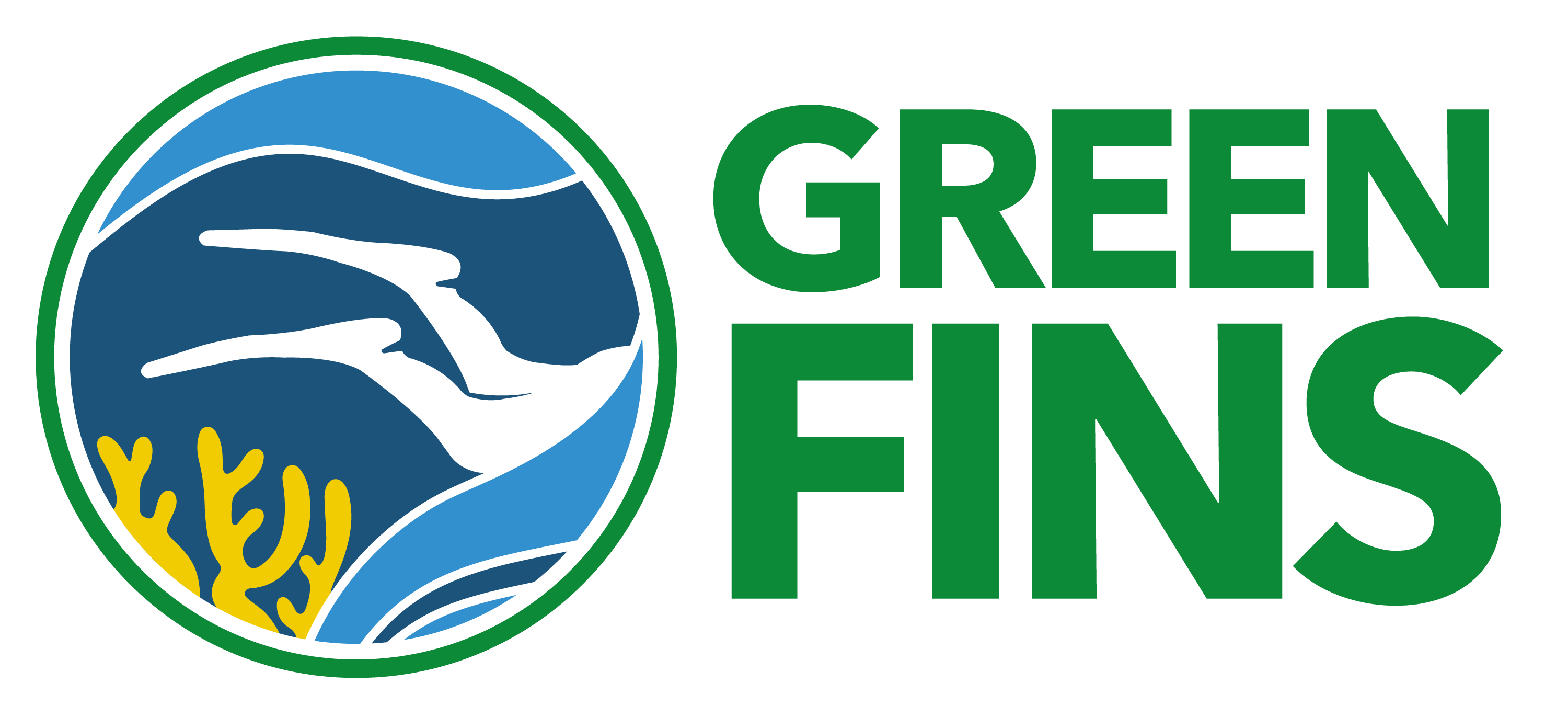Top Tip
We recommend that you open this page in a new tab so that you can refer to the glossary as you are taking a Green Fins e-Course.
Blue Carbon:
Blue carbon is the term for carbon captured by the world’s ocean and coastal ecosystems (including Sea grasses, mangroves, and salt marshes).
Bottom trawling:
Bottom trawling is a method of fishing that involves dragging heavy, weighted nets across the sea floor to harvest fish or crustaceans. It is considered destructive as it has large bycatch impact and decimates seafloor ecosystems and the marine life living in them.
Citizen science:
The collection and analysis of data relating to the natural world by members of the general public, typically as part of a collaborative project with professional scientists.
Corallivores:
An animal that feeds on coral polyps, like the Crown of Thorn starfish.
Coral Triangle:
Coral Triangle (CT) is a roughly triangular area in the tropical waters around Indonesia, Malaysia, Papua New Guinea, the Philippines, the Solomon Islands and Timor-Leste. It is known to be one of the most diverse marine habitats on Earth.
Cyanide fishing:
A fishing practice where a cyanide solution in a bottle is squirted around the target species. It ‘stuns’ large vertebrates so they can be caught for the aquarium or live seafood trade. Unfortunately, the solution is deadly to smaller vertebrates, and invertebrates like coral.
Dynamite fishing:
Also known as blast or fish bombing, dynamite fishing is one of the most destructive forms of fishing. It not only kills animals in the blast area – it devastates the surrounding habitats that are needed to replenish fisheries stocks.
Ecosystems:
An ecosystem is a community of living organisms in conjunction with the nonliving components of their environment, interacting as a system. These biotic and abiotic components are linked together through nutrient cycles and energy flows.
Ecosystem resilience:
An ecosystem’s ability to maintain its normal function and production after suffering a disturbance.
Ecosystem services:
Outputs, conditions, or processes of natural systems that directly or indirectly benefit humans or enhance social welfare. Ecosystem services can benefit people in many ways, either directly or as inputs into the production of other goods and services.
Nematocysts:
Elongated, or spherical capsule produced exclusively by members of the phylum Cnidaria (e.g., jellyfish, corals, sea anemones). Several such capsules occur on the body surface. Each is produced by a special cell called a cnidoblast and contains a coiled, hollow, usually barbed thread, which quickly turns outward from the capsule upon proper stimulation. The purpose of the thread, which often contains poison, is to ward off enemies or to capture prey.
Polyp:
Each coral polyp is an individual invertebrate that has a hollow body. It has an opening or mouth surrounded by tentacles. It may live individually (as in solitary mushroom coral) or as a colony (as in a coral boulder).
Photosynthesise:
The process by which green plants and certain other organisms transform light energy into chemical energy. During photosynthesis in green plants, light energy is captured and used to convert water, carbon dioxide, and minerals into oxygen and energy-rich organic compounds.
Stress:
Any environmental or physical pressure that elicits a response from an organism. In most cases, stress promotes survival because it forces organisms to adapt to rapidly changing environmental conditions.
Symbiosis:
Any of several living arrangements between members of two different species, including mutualism, commensalism, and parasitism. Both positive and negative associations are therefore included, and the members are called symbionts.


